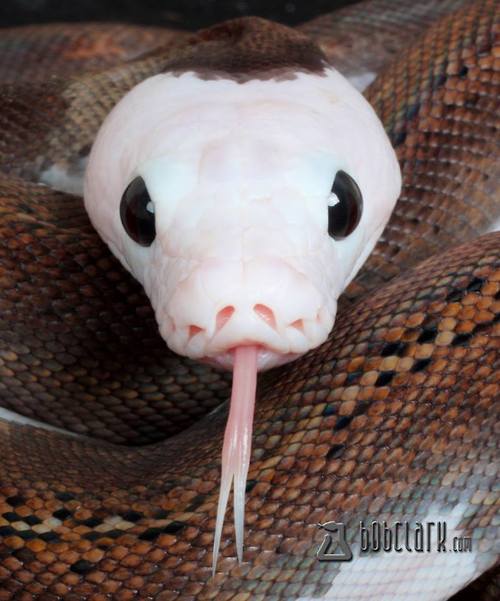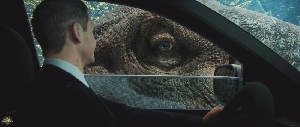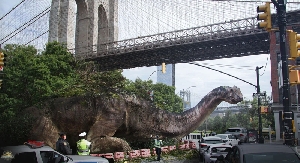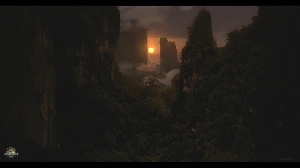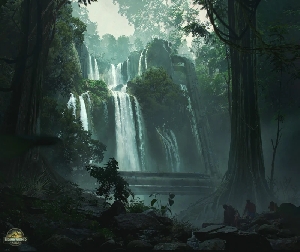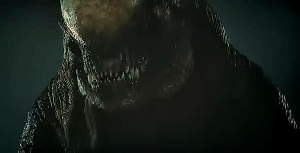After extensive digging on this creature(you know why), here's what i've come up with:
Often, dinosaur enthusiasts are not aware of the degree of preservation and our relative knowledge of a particular taxon. The fact that there is a word, and it is considered as a kind of fossil, door, often automatically, to think that it corresponds to a complete animal, one articulated skeleton, fully recognizable and viewable in detail. If, as we add information to its alleged taxonomic status, that's the name cannibalizing the concepts of the taxon, increasing its degree of reality in our mind. Epanterias (Cope, 1878) is a significant case to understand this concept. Epanterias amplexus is based on AMNH 5767, that is three presacral vertebrae and a coracoid, from the Morrison Formation.
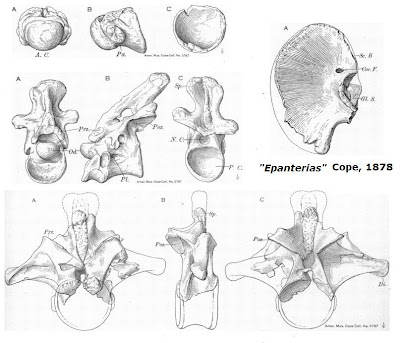
This, and nothing else, is the reality of the name "Epanterias." For many, the mere knowledge of the name "Epanterias" would entail concrete existence in the fossil assemblages of the Late Jurassic North American zoological kind of a real, concrete, having its own personality and texture, connected by a myriad of ecological relationships with the rest of his world. Epanterias, as kind of large theropod, requires its place in the food chain, its prey, its habitat, relationships and connections with an environment extinct, but really existed.
As supported by Chure (2000), Epanterias is interpretable as a junior synonym of Allosaurus fragilis, from which it differs only for some qualitative details, which might be due to the size of AMNH 5767, relatively greater than that of most other known specimens of Allosaurus. Lets say that belongs to Allosaurus, though, and it should be noted well, just because of all the theropod i known by the same formation is more akin to Allosaurus. The differences may fall within the field of intraspecific variability, therefore, on the basis of the known data, it can be argued that provisionally Epanterias is not a distinct kind of theropod, but only a copy of a fully mature large theropod, perhaps Allosaurus, having approximately the same size of the known specimens of Acrocanthosaurus (estimate based on the dimensions of coracoidi), namely 10-11 meters in length. "Epanterias Amplexus" Doesn't exist; it's now a nomen dubium.
This being said i couldn't find any mounted skeletons of 'Epanterias' in any museums unfortunately, but i do know for a fact some museums in Oklahoma have mounted Saurophaganax skeletons! an awe inspiring sight indeed


